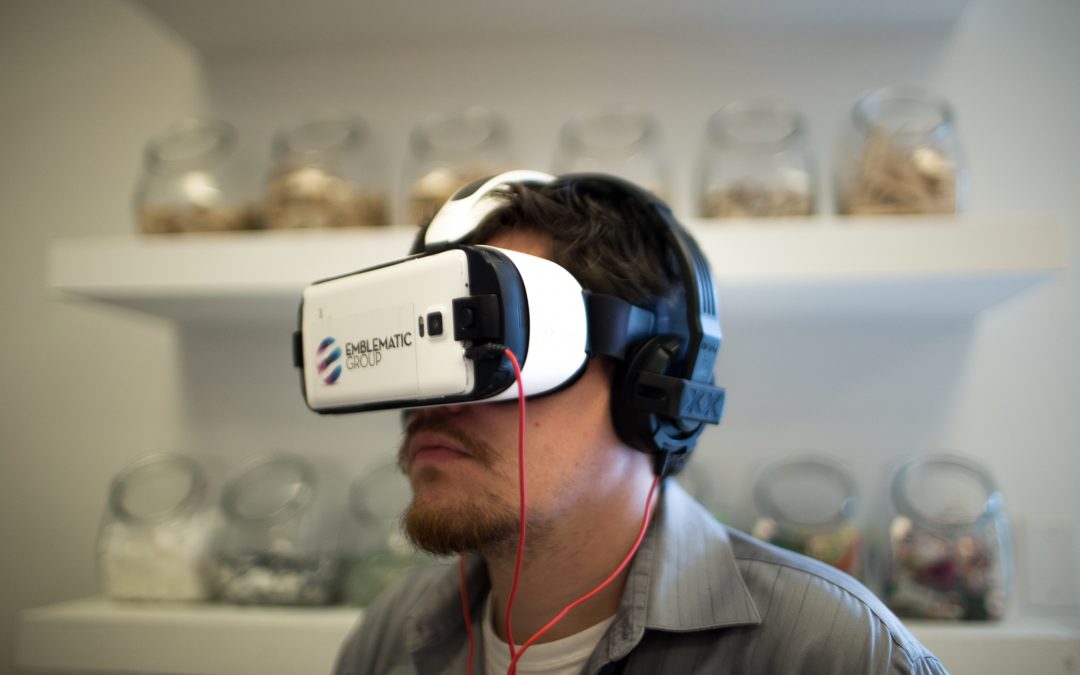This year, amongst many other trends in digital, we are seeing a rise in the use of virtual reality. Mark Zuckerberg recently had to attend court over controversy surrounding Facebook’s acquisition of Oculus and the IP of its inception. He stated that Facebook’s intentions for using VR are to give the most realistic experiences in communication. The idea came to him when he was on a phone call to his parents and his daughter was taking her first steps. Communicating real life experiences in 3D will make the ideas of teleportation seem more plausible than ever.
With this trend for virtual reality consoles being available for a relatively affordable price, we predict that there will be some knock-on effects in image rendering and photorealistic imagery for marketing. Our expectations have been heightened by the development of such software, and a simple sketch will no longer suffice when trying to communicate your ideas for how a space will look.
Often deployed by architectural firms, photorealistic renders can create beautiful, almost tangible mock-ups of buildings, gardens and even towns and their spaces. To make photo renders seem more realistic, they can incorporate small scratches and imperfections and lines in lawns that seem so real it is hard to believe they came from a computer.
Virtual reality is a hyperreal version of an event, and an image render can be the same. In reality, a lawnmower’s blades would pull the grass in different directions, creating patterns in the grass which we can replicate, almost too perfectly. We can add shadows and specific types of flora within the garden to increase this sense of reality and create a feel. Beautiful gardens link us to childhood and can help to sell a space. Shadowing is something that traditional image rendering would omit, and is a tell tale sign that there is computer graphic magic at work.
The trend for VR impacts our expectations and, here at Restoric Design, we have an in-depth understanding of the nuances of landscape, the intricacies of brickwork, the subtleties of shadow. These things are all integral to recreating the most realistic image possible, lulling your customers into a type of virtual reality. There must be a variation of colour, texture and shading to create the most believable image, taking you, and anyone who looks at the image, on a journey.
Within a virtual reality, what makes it seem hyperreal is the attention to detail, the appearance of small imperfections. This translates to image rendering again because looking at an immaculate lawn makes us feel slightly uneasy. Like we are not permitted to access it, and that it is ultimately not real. However, one that shows leaf litter clusters, erroneous weeds, half cut daisies suggests that it is real. Photorealistic humans have flaws in their skin, and shading in their hair. Nothing is just one block of colour and real life is not manicured. It’s the imperfections that make it real.
Many people ask, why not just take a photo of a lawn, as opposed to the laborious process of making a false one? The answer is that you can create one suited to your exact specifications, place your building within its grounds, add imperfections that identify it. It’s exciting that you can create a whole world that reflects reality but is entirely created by you. Particularly useful for architects, landscapers, and interior designers, our image rendering & animation services are a way to communicate your ideas to an audience who are living in a virtual world.



